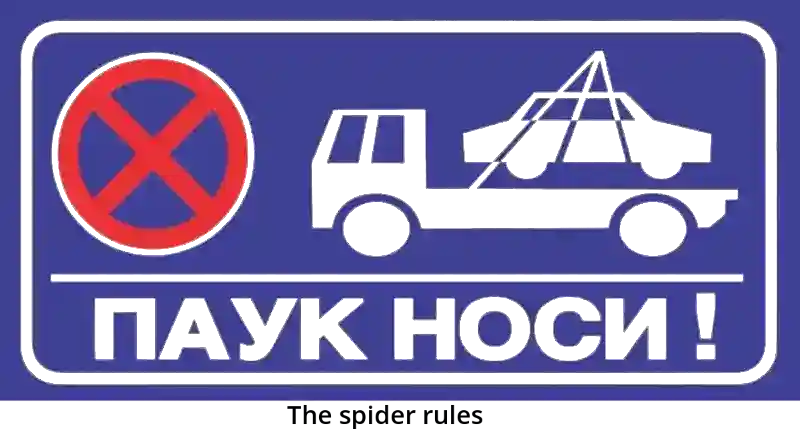Parking was also the subject of a translation job not long ago. The job itself was pretty routine, but it got me thinking about how things are around me.
Cities nowadays debate parking and formulate policies based on visions of a greener future. In Belgrade where I live, I missed the debate. I must have been distracted for a few seconds.
During the Covid crisis, crowded buses were reasonably seen as unhealthy, and I think almost every family rushed out and bought a second car. Over a year, city parking went from difficult to almost impossible. But the system has always been a strange one.
In the city centre and some other well frequented areas, parking is formalized in coloured zones where you can park for one, two or three hours. If you are lucky. Residents can buy cheap season tickets, so those who do not need to travel far to work just leave the car there. You can see this when it snows, few cars in the centre ever budge. There are some public garages, but they are expensive and often full.

Around the suburbs, it is in principle legal to park only where there is a P sign, but there are few of these. Parking on most pavements is not legal but is effectively allowed, often where no-parking signs are displayed, so that’s where it happens. The city Parking Service decides what is permitted and what not, according to some arcane scheme known only to themselves. Its trucks (known as the ‘spider’ after the apparatus used to lift a car) circulate and remove cars from the areas it deems forbidden. These areas are not marked, but become known to local drivers – outsiders beware. Whether parking in a particular place is dangerous or blocks the traffic appears to be utterly irrelevant.
Near where I live, there is a heavily trafficked road with a particularly narrow section outside the municipal offices and police station. Here, parking is allowed on both pavements, so pedestrians have to step into the road, a particularly hazardous enterprise since the driving culture is fast and furious and most drivers do not see pedestrians as having equal rights to asphalted space. Many drivers will whizz closely by, also in wet weather. A bit further on, the road widens and there are useable pavements, but there, parking is forbidden. The boundary marker seems to be a rubbish container – park on the safer side of that and the spider will get you.
Official signs are no protection either. I once returned to my car which I had left on a pavement where an official sign said “Parking on pavement”. A cheerful policeman was just hoisting it onto the spider. I asked why, and hearing my foreign accent he gave me a long lecture on the fact that I of all people should know that parking on pavements is allowed in no European city.
A curious habit has emerged in residential areas. House owners are increasingly posting signs outside their houses saying “Parking for residents only” or graphically indicating that the spider will remove your car if you have the temerity to leave it on a public road outside their house. Of course there is no legal basis for this, but you’d better watch out. Such people seem to believe it is their right, and if by chance they have friends in the city Parking Service, I doubt your limo will last long.
Of course, you can also do what most Belgraders seem to think fit: leave your car wherever you please, just turn on all four indicators. According to the law this means uniquely “vehicle broken down”. According to practice it means “I know I’m in the way and I don’t give a hoot”.
